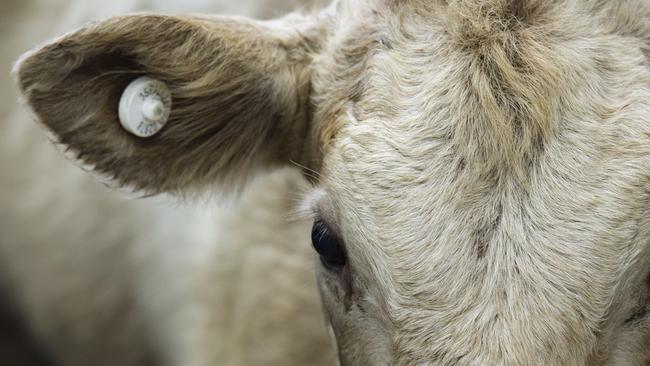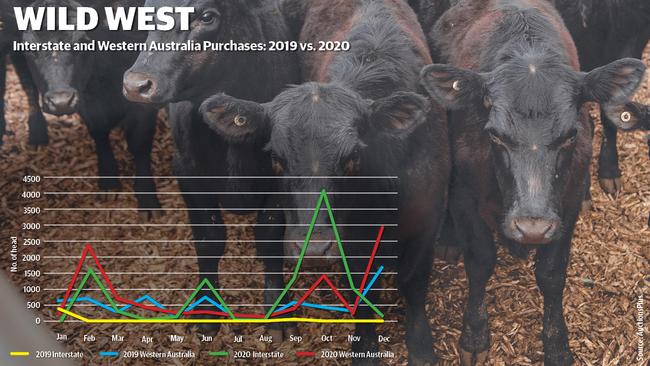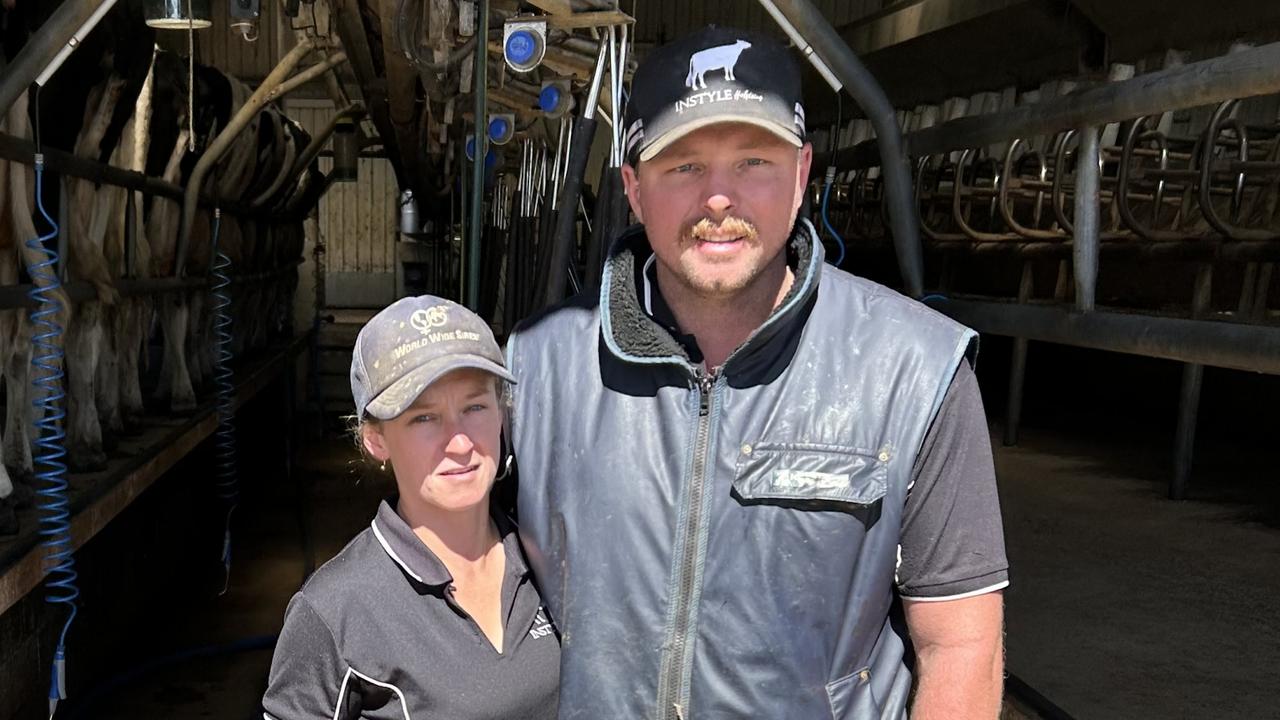West to east: How the national herd rebuild is impacting online sales
See how the restocker movement on the east coast is having an affect on cattle in the west.

SUSTAINED demand for cattle as producers rebuild the national herd has resulted in cattle being drawn from Western Australia to the east coast.
New data from Auctions-Plus showed from November 2020 to January 18 2021 more than 17,800 cattle were sold from saleyards across Boyanup, Muchea, Mount Barker and Pemberton.
Of those cattle, 5058 were bought online and 2184 travelled interstate.
AuctionsPlus commercial operations’ Zoe Macfarlane said the numbers spoke to how strong the season was on the east coast of Australia, “sparking interest in producers to look further distances to find viable stock”.
“I looked at the transport costs, and it’s only costing producers about 30-40c per animal (to freight cattle) … I did find the December sales that we’d had, and heifers weighing about 300-350kg averaged 411c/kg in the eastern states, while in the western saleyards the same unit was making about 345c/kg. That’s a 50c gap. And take into account the 30-40c cost of freight, it still works out cheaper,” Ms Macfarlane said.
“Those record prices are driving people to have a look in the west.”
Ms Macfarlane said commentary she’d received from several buyers indicated breeding cattle and small weaner and yearling cattle were the “most desired categories” due to demand and being able to fit more stock on trucks.

MLA market information analyst Stuart Bull said the trend was a “continuation” of large numbers of cattle being moved east in 2020.
“It was pretty much unheard of in 2019,” Mr Bull said.
“The majority of those are being sold to producers and stock agents. That tells us there’s sentiment to buy lighter cattle from the west. Western Australia haven’t had a great season, which again plays into the hands of eastern buyers … it seems like a viable option.”
Mr Bull said the Western Young Cattle Indicator finished trading last week at 852c/kg, compared to the Eastern Young Cattle Indicator, which is about 888c/kg.
“Obviously with heightened competition coming from the east coast, that should also help to keep the West Australian cattle prices up as well,” Mr Bull said.
MORE



